I've a set of these:
I want to use them to create a micro-usb to usb-c converter cable. To allow me to plug a microcontroller with a micro-usb socket (such as a Teensy) into a USB-C socket.
The key problem appears to be the "CC" pin. It needs to be connected to GND via a 5.1k resistor somehow? I'm not quite sure how that's supposed to work (at least with these breakout boards) - I did manage to get it to work by connecting the CC pin directly to a gnd pin of a teensy (via a 5.1k resistor) but that's not really a feasible solution. I tried connecting it to the "V-" pin but it didn't work.
Is it possible with these particular breakout boards? How exactly does this CC pin need to be connected to GND? Presumably straight to GND doesn't make sense as then it wouldn't even need to be in the cable, so what am I missing?

